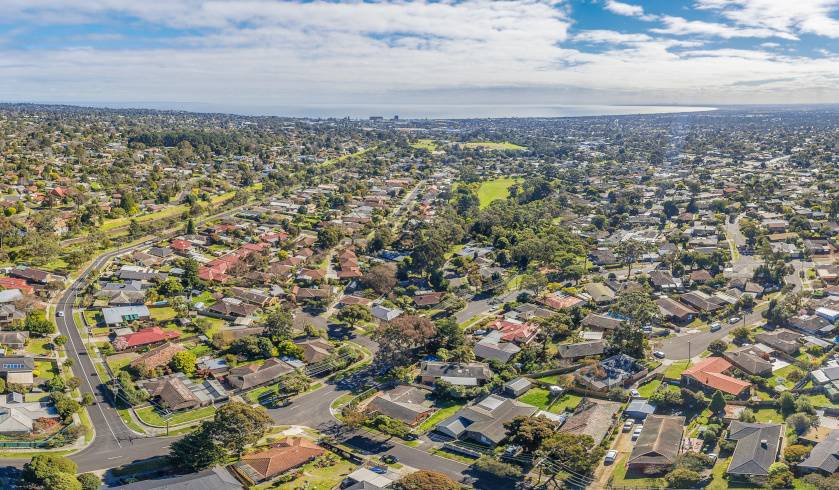Home prices won’t return to peak until ‘middle of decade’
Housing market risks are “swinging back to the downside” amid a return to stricter social distancing measures, which threaten to prolong a recovery in residential property prices, a senior economist has warned.

According to the latest data from property research group CoreLogic, national home values have fallen 0.8 per cent over the past quarter, led by cumulative declines of 3.1 per cent in Sydney and Melbourne.
The price falls came off the back of lockdown measures imposed to curb the spread of COVID-19, which induced job losses and dampened transaction activity, prompting forecasts of a 20 per cent decline in national home values over the course of 2019 and into the first half of 2020.
Forecasts were revised down to falls of between 5-10 per cent following the rollout of fiscal support from the federal government and loan repayment holidays.
However, according to AMP Capital chief economist Shane Oliver, risks are “swinging back to the downside” amid a new round of lockdown measures in Melbourne and the threat of a second lockdown in Sydney.
“Prices have been coming down, but they were more consistent with the 10 per cent decline in those two cities,” he told Mortgage Business, a sister brand of Smart Property Investment.
“But now with Melbourne going back into lockdown, I suspect that Melbourne is at risk of a greater decline.
“[The] risks are that we’ll end up with higher effective unemployment and more businesses going bust, and therefore more households running into trouble.”
As a result, Mr Oliver has revised his forecast, and now expects home values to fall by as much as 12-13 per cent in Melbourne, with a similar scenario likely for Sydney if a second lockdown is imposed.
But Mr Oliver said other capital city and regional locations are less susceptible to sharper contractions in home values.
“There is a risk of a flow-on to the other cities, but the other cities are perhaps not quite as vulnerable because their average debt levels are lower. They haven’t had the same supply surge. They’re not as vulnerable to immigration [declines], and they didn’t really have a boom going into 2017,” he added.
“If you look at Perth and Darwin, they’ve been in a bust since 2014, so [they] don’t have the degree of overvaluation that existed in Sydney and Melbourne.”
According to the AMP economist, it will be years before home values in Sydney and Melbourne return to their 2017 peaks, given the impact of subdued population growth on housing demand.
“Historically in Australia, over the last decade, it’s been the lack of supply relative to high levels of immigration and population growth which has kept prices elevated and in a broad upward trend,” he noted.
Mr Oliver explained that efforts to contain the spread of COVID-19 and high levels of domestic unemployment make it “politically difficult” to return immigration volumes to pre-pandemic levels.
“On balance, I suspect we may not see prices get back to previous highs until around the middle of the decade,” he said.
AMP Capital’s chief economist also flagged downside risks associated with the recent tightening of lending standards, which he said may have “the very effect they’re trying to avoid”.
“That could well happen here, that tightening by the banks exacerbates the downswing and then ultimately causes more weaknesses in the economy, which then [leads] to more forced selling of houses and puts more downward pressure on prices,” he said.

